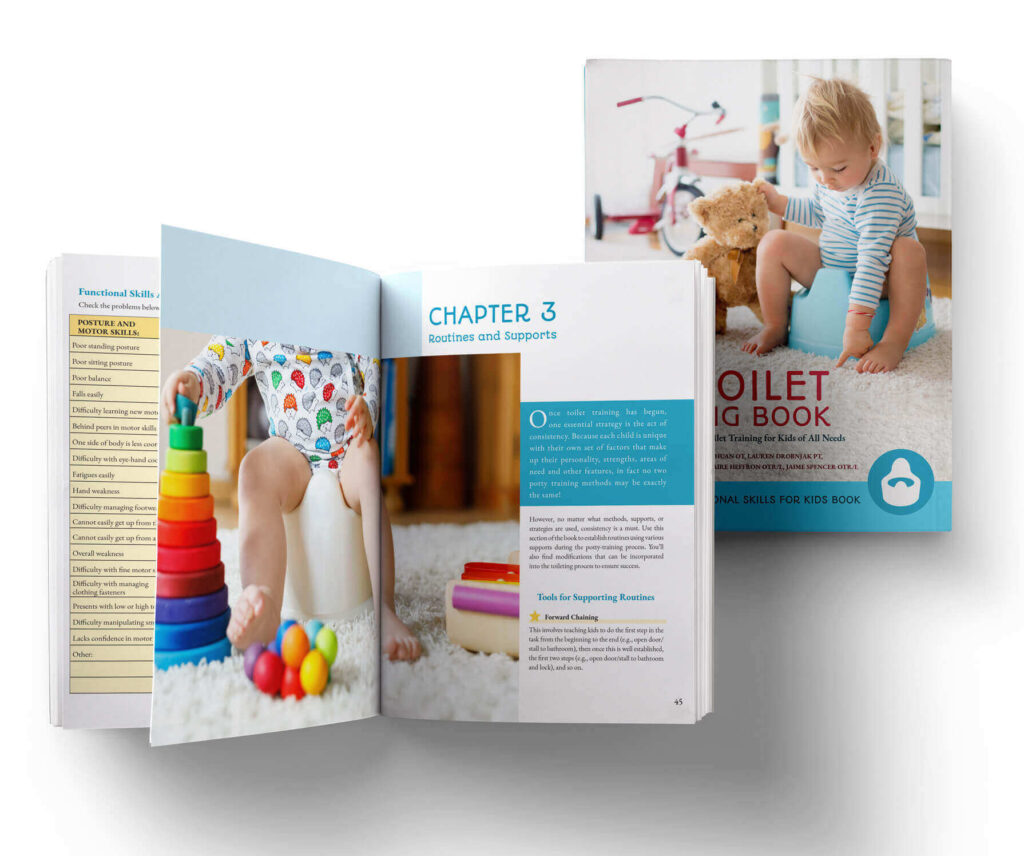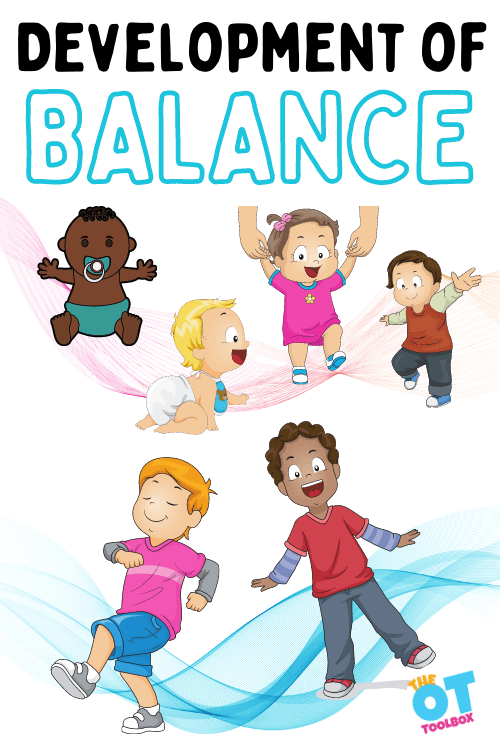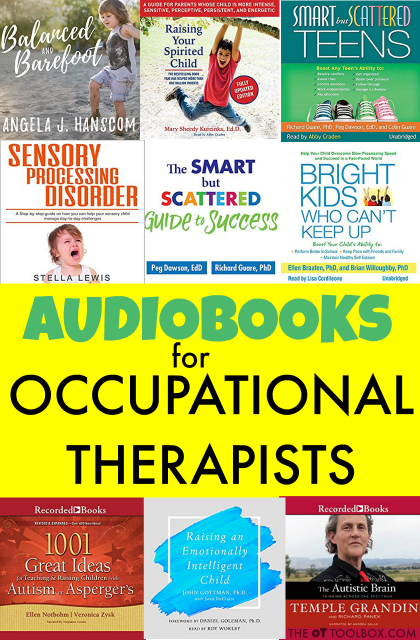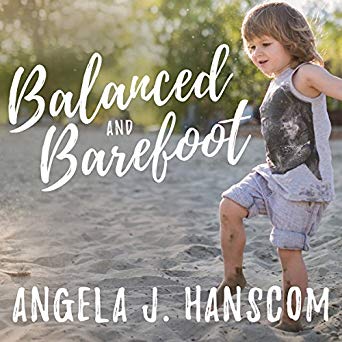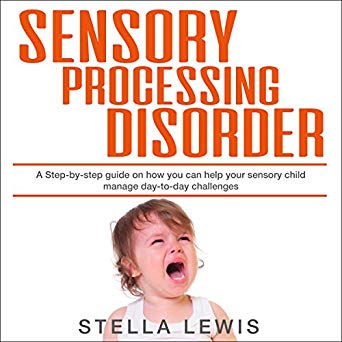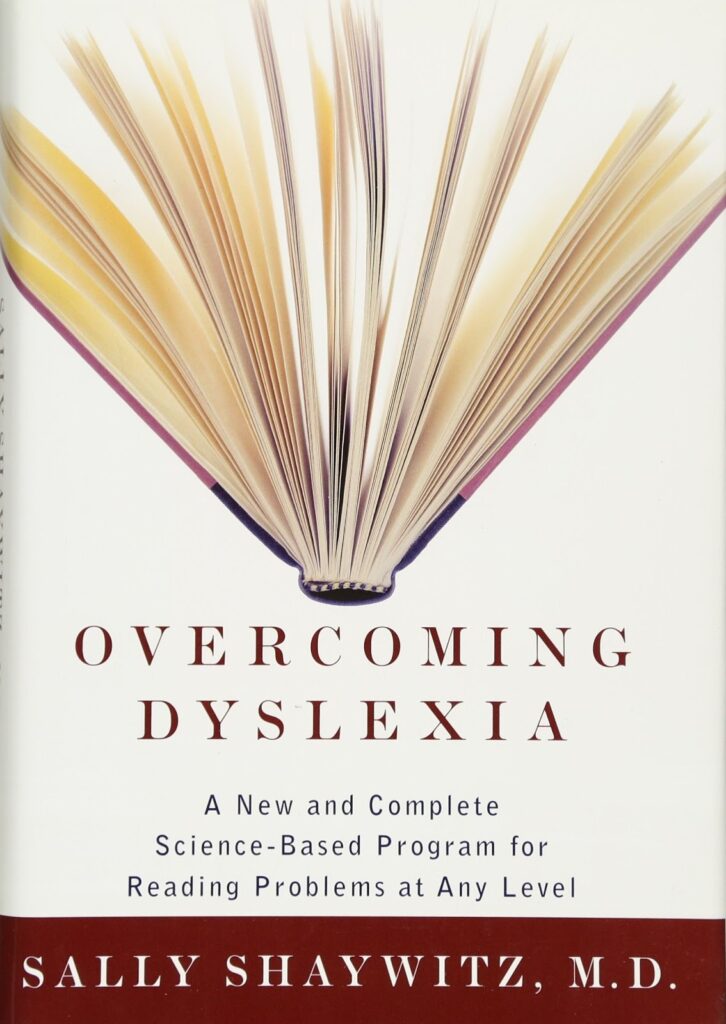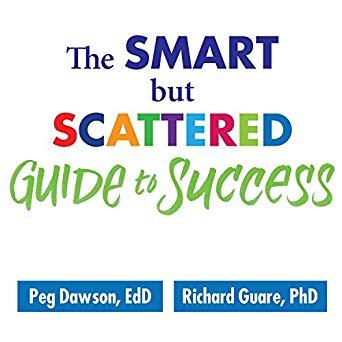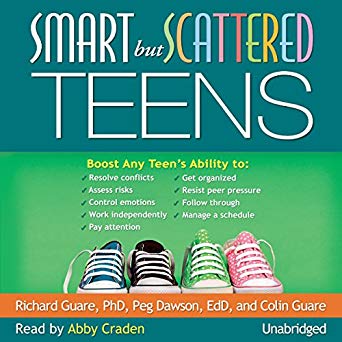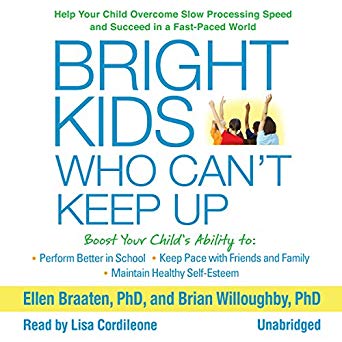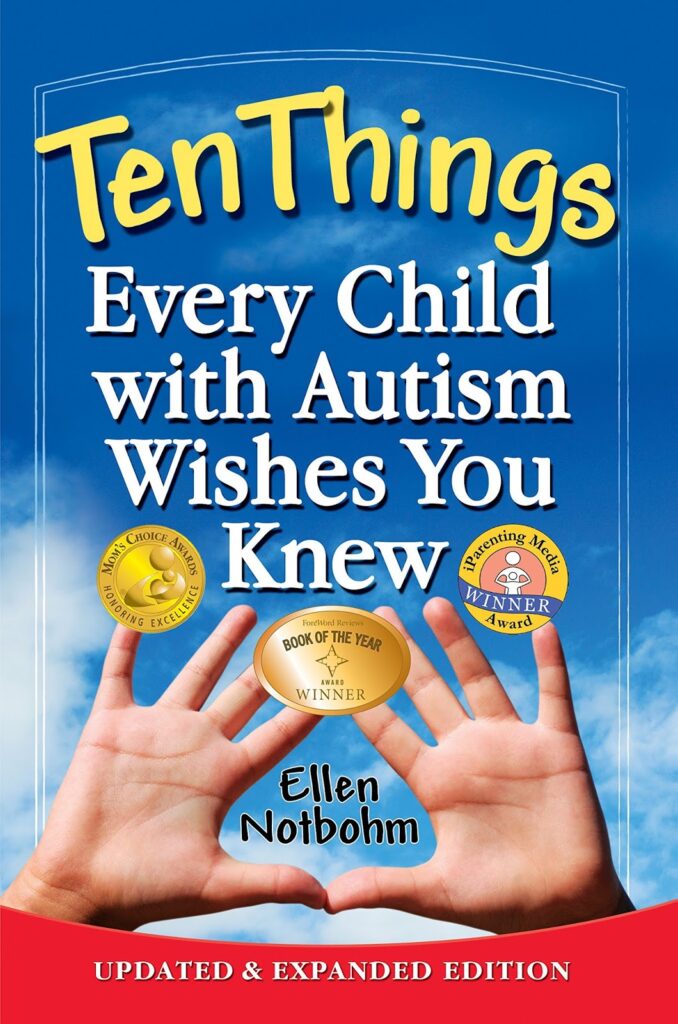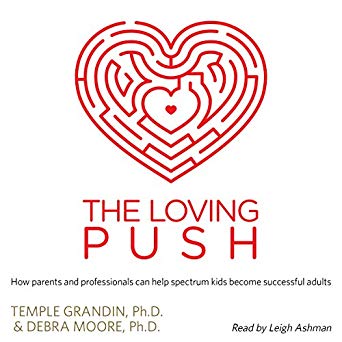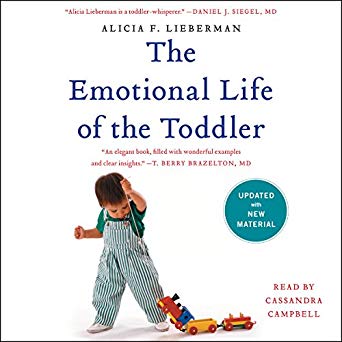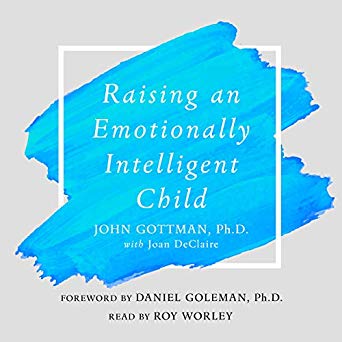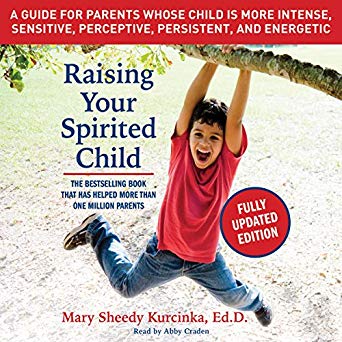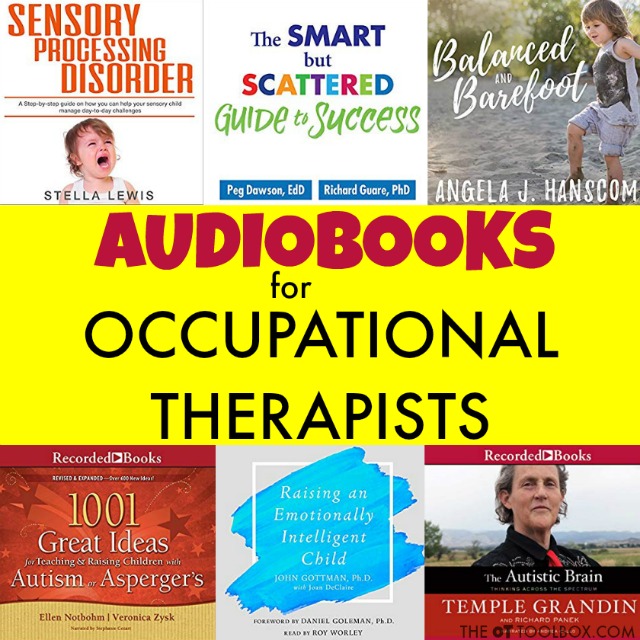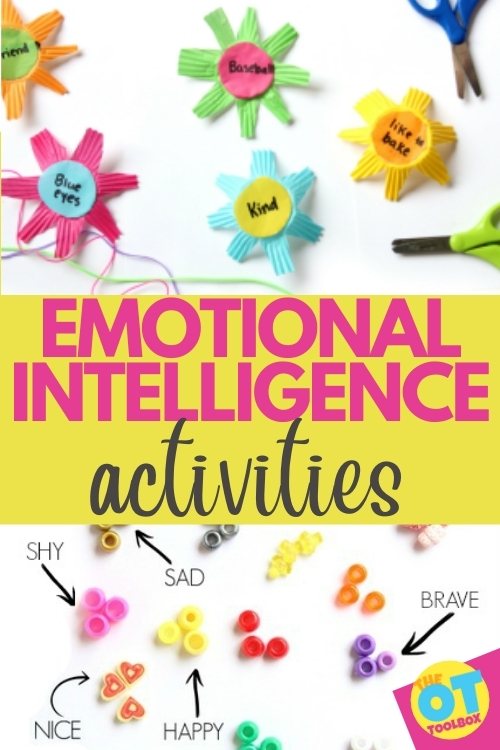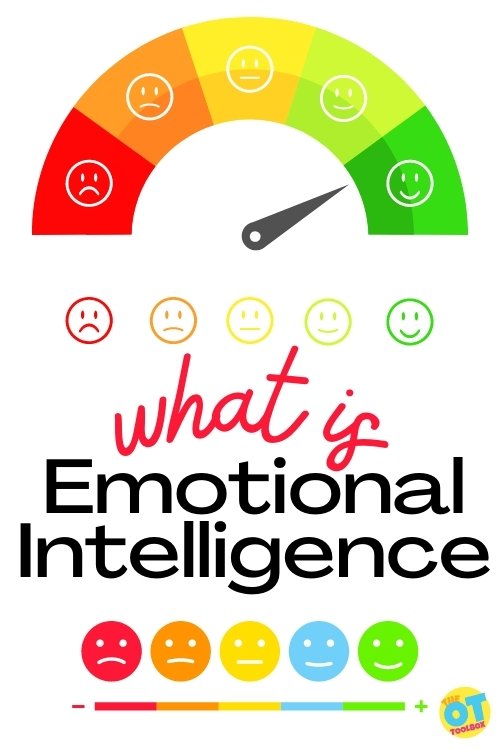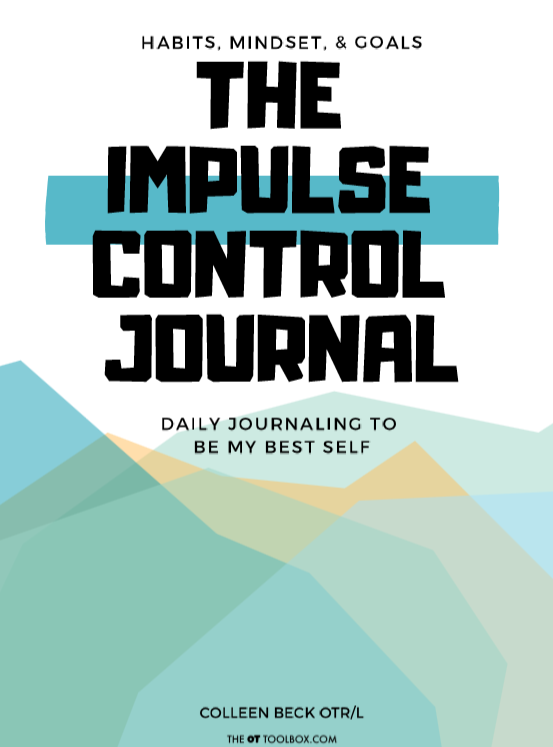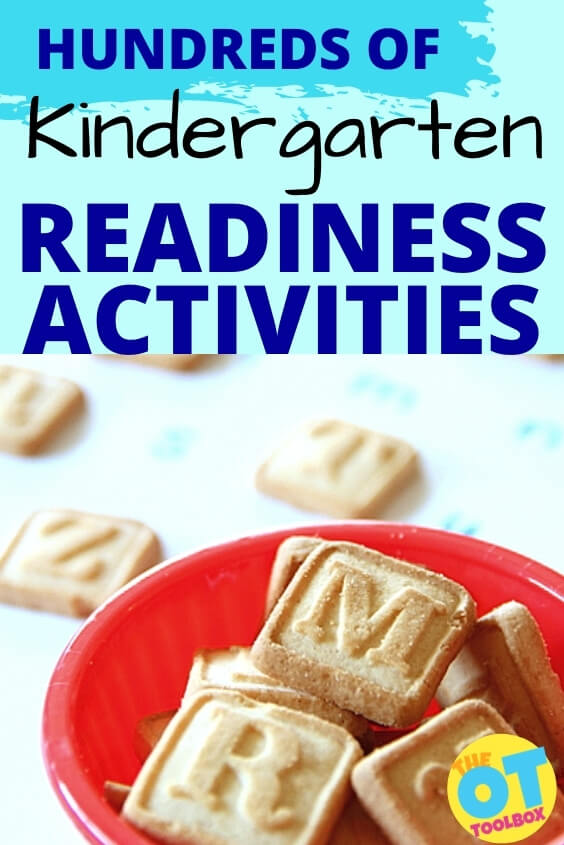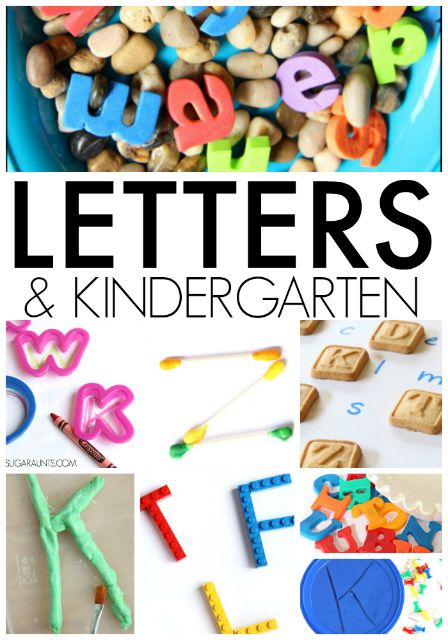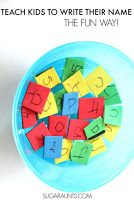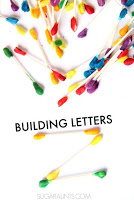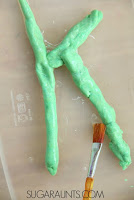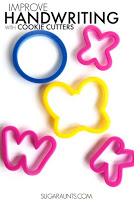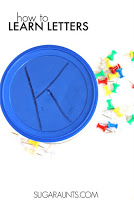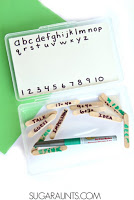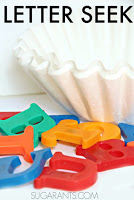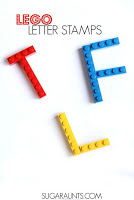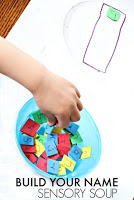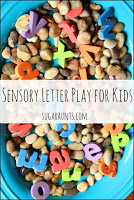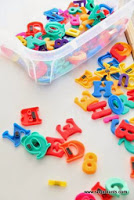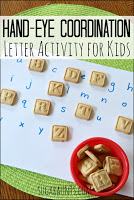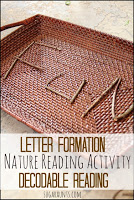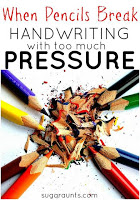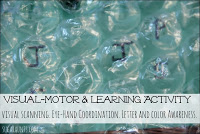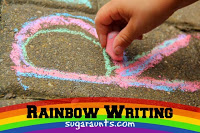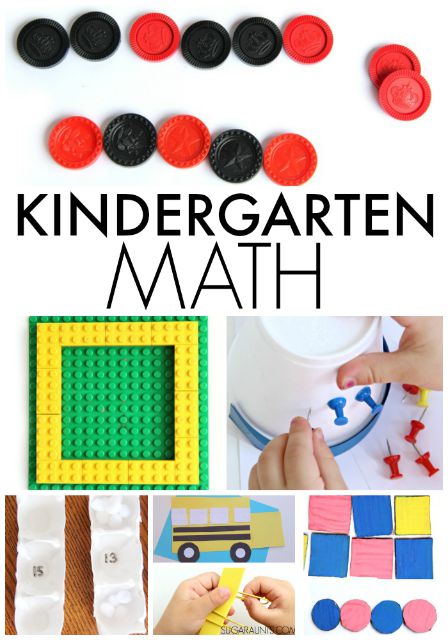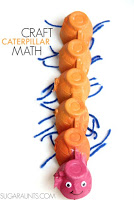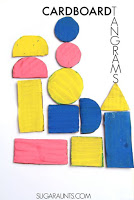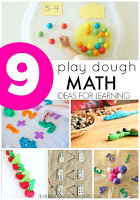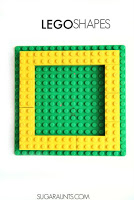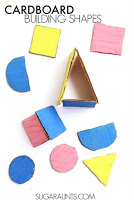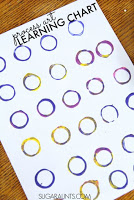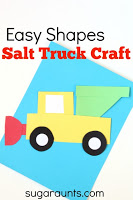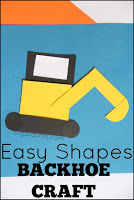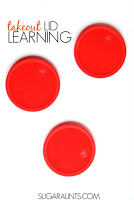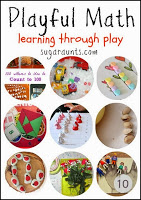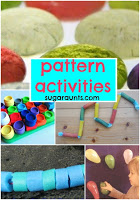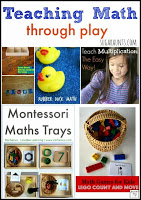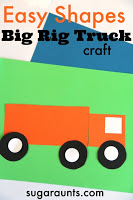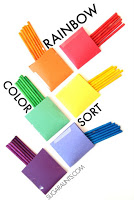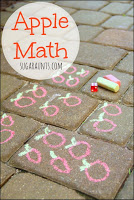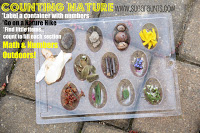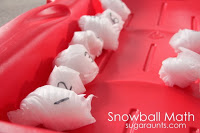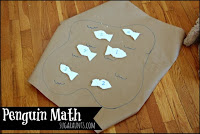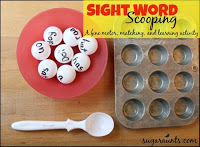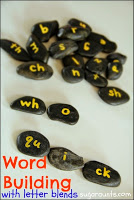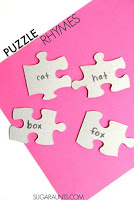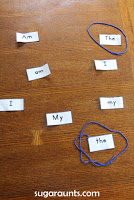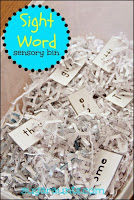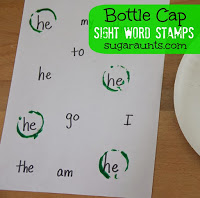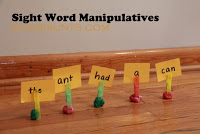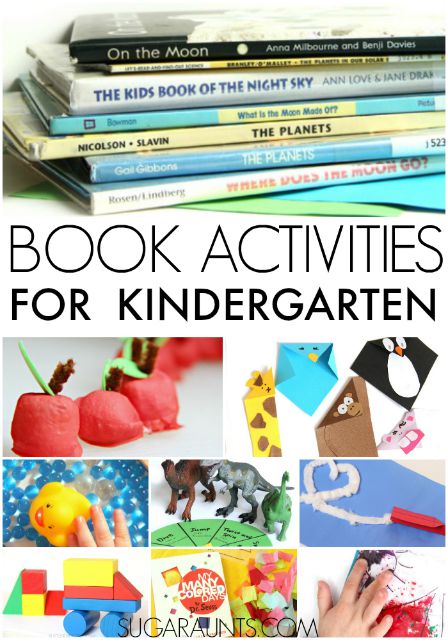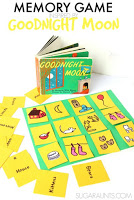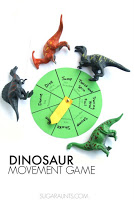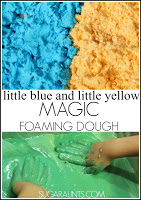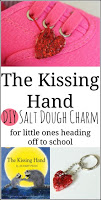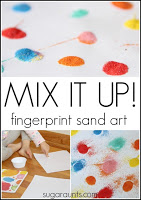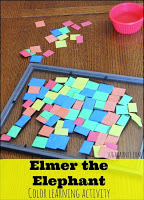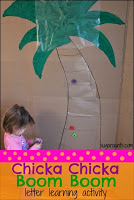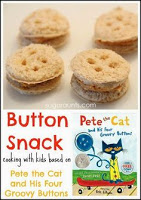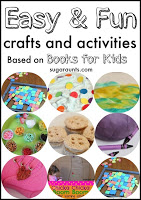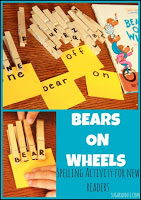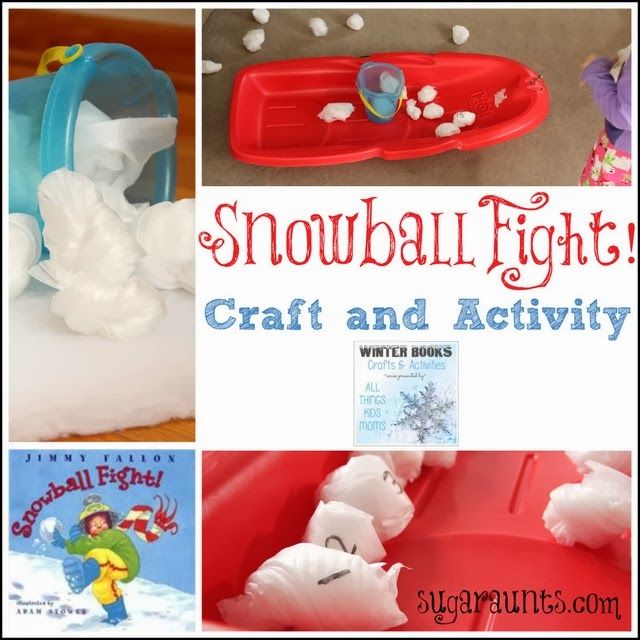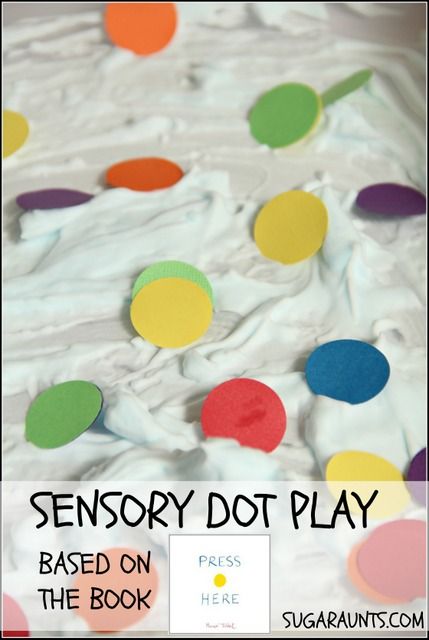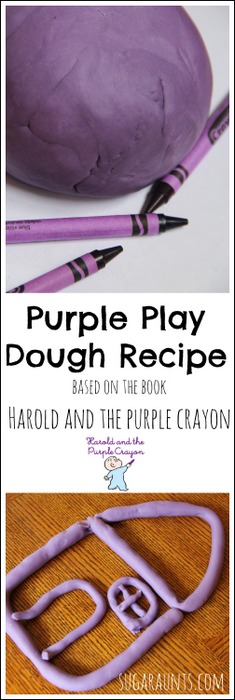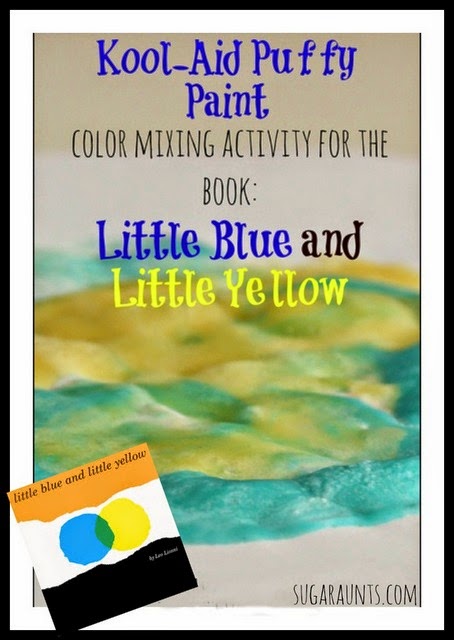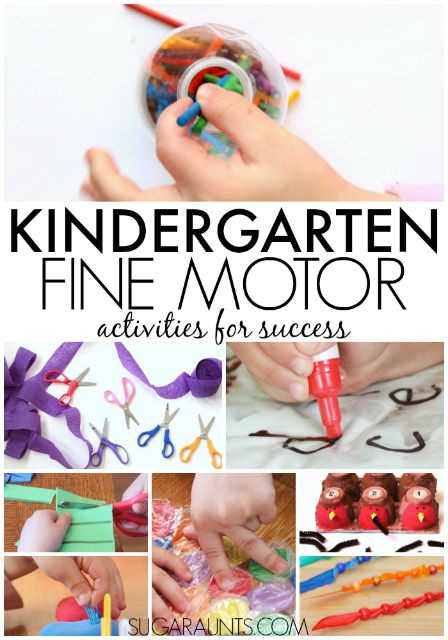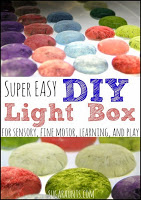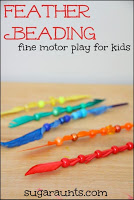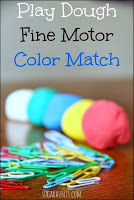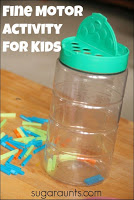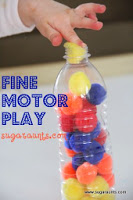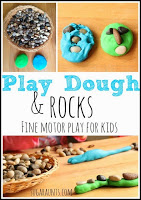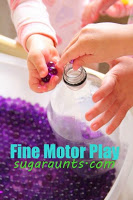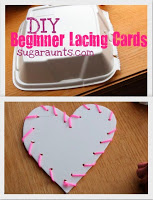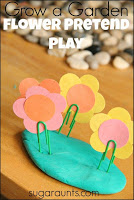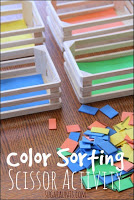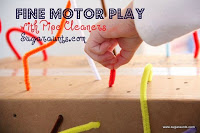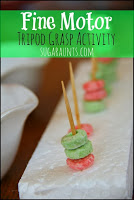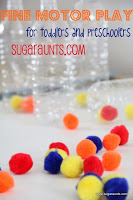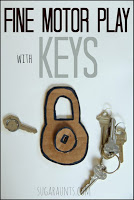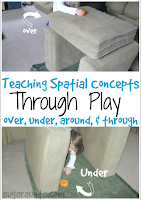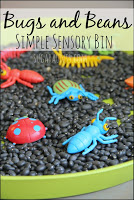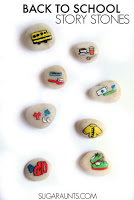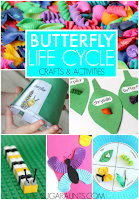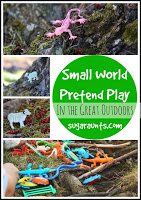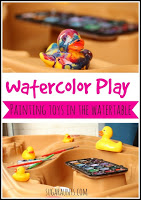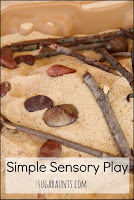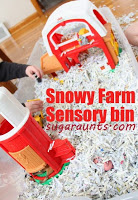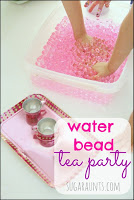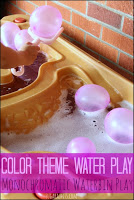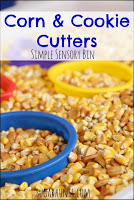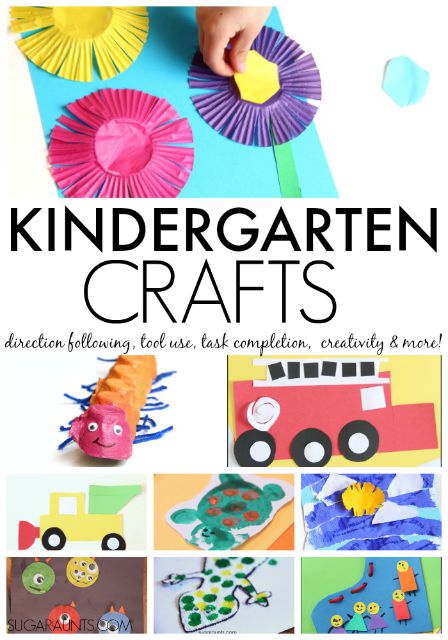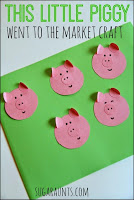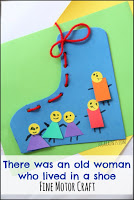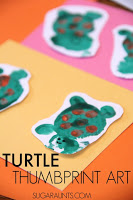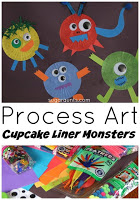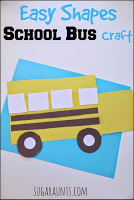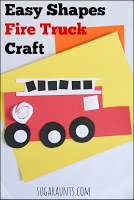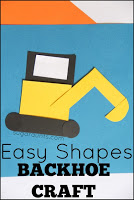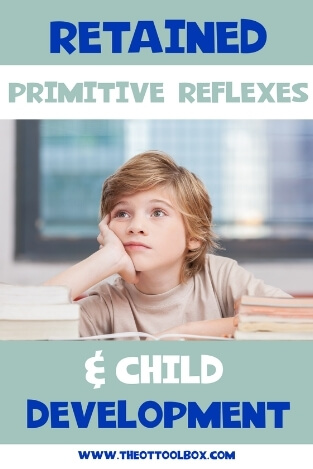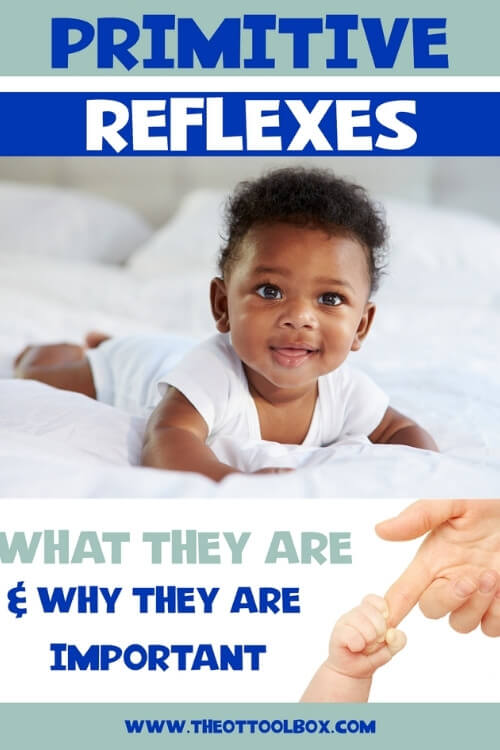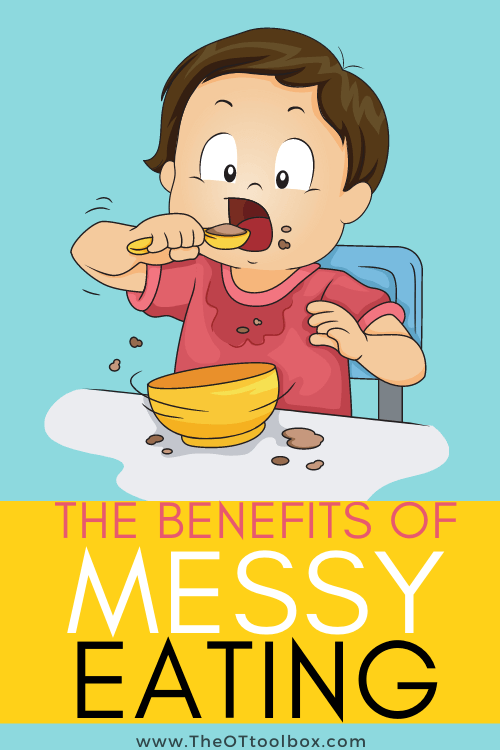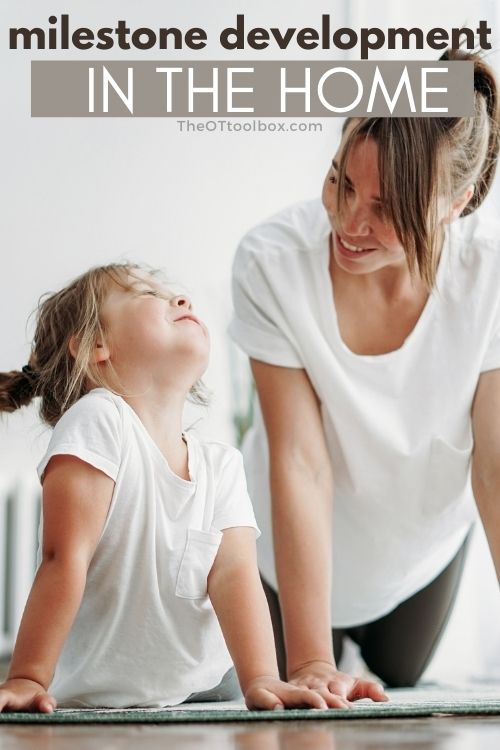Here, we are covering an aspect of potty training that comes up for every parent: pericare, or perineal hygiene, and teaching kids how to wipe when toilet training. So often, a young child learns to use the toilet and other aspects of potty training, but then struggle for a long period of time with the wiping aspect. Teaching children to wipe thoroughly is a hygiene task that can be limited by many underlying areas. Here, you’ll find strategies to help wiping bottoms and interventions for perineal hygiene. Also check out ADLs for more information on daily tasks.
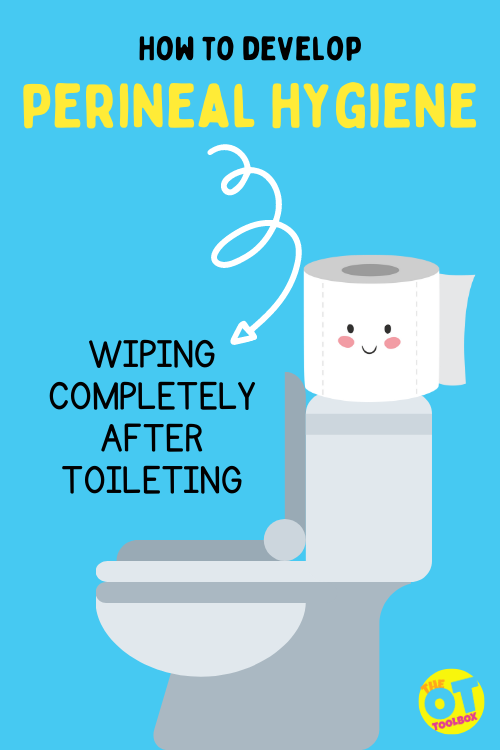
What is pericare?
For the uninitiated, pericare (or peri-care) is short for perineal care. Perineal care refers to the hygiene and self-care of the perineal area following toileting, cleaning, and wiping of the perineal area of the body is the “private parts” area. Pericare is a term for the hygienic tasks involved in this part of the body, such as wiping one’s bottom.
Anyone of any age may need help wiping their bottom with their perineal care, but it is especially important to teach our little ones the proper way to manage their bottoms as they become more independent.
This component of toileting is one that impacts overall independence and self-care with the toileting process. So often, we cheer and celebrate making it to the toilet on time, but the perineal hygiene aspect is equally as important.
Related: Potty Training Seats for Special Needs
You may be thinking, “Why do I need to teach my child how to wipe!?!”. For something that is such a natural task for many, it can feel odd to teach somehow how to do it.
However, learning how to maintain a clean bottom is important for one’s health and confidence. Wiping properly, washing gently, and wearing appropriate clothing decreases the risk of yeast infections, urinary tract infections, and odors. Plus, discussing peri-care can open the door to many other conversations about the body, health, and safety – if that’s something you are interested in exploring with your child.
A great time to educate your child about peri-cares is while potty training. It is easier to teach the correct way first than to re-learn how to do it later. If you are stuck on potty training, we feel you there! Check out this Toliet Training Book that can help you help your children of varying needs.
Don’t be discouraged if your child is already potty trained and they have yet to learn how to take care of their bottoms independently – it can take time and practice!
Development of Pericare
An important area to cover first is the development of pericare skills. It is so important to remember that we are talking about young children who are learning a whole new skill with toileting. There are many considerations: autonomy, body awareness, interoception, self-awareness, the sensory processing and interoception aspect, family perspectives…potty training can be very overwhelming for kids.
Then, to break it down even further, the hygiene aspect of toileting is another ball game!
In our book, The Toilet Training Book, we cover the development of potty training and really cover what underlying skills play into potty training and independence with toileting.
But, one important thing to remember is that a three year old child may be able to make it to the toilet in time to go, flush, and wash their hands, but the wiping aspect can developmentally, come with time.
Developmentally, perineal hygiene, or wiping completely after toileting, may be a skill achieved during a range of 4-6 years. This range is so wide due to the underlying skills, sensory considerations, motor skills, and cognitive growth needed for perineal hygiene including knowing when and where to wipe after a bowel movement or urination, using enough pressure on the toilet paper to clean completely, wiping enough times to clean completely, and maturity to complete the task.
The emergence of these skills takes time, but there are ways to support development of perineal hygiene.
GET COMFORTABLE with perineal hygiene
Everyone wants a clean bottom, let’s start there. It can be smelly and embarrassing to talk about, but it is an important step to understanding personal healthcare.
We want to give you the confidence to discuss this in any way that you and your family feel comfortable with because it is a “touchy” subject for some. The more comfortable you are with peri cares, the more comfortable the child will be.
Let’s start off the potty training wiping techniques by talking about good hygiene.
Here are some ideas to talk about perineal hygiene with kids:
- Make it silly: Some people respond best to humor but watch out for demeaning jokes.
- Make the conversation about pericare hygiene scientifically accurate: It becomes less embarrassing when you hardly know what is being said!
- Make pericare sound similar to washing hands: We have to clean away the germs; they can make us sick!
- Make discussions about perineal hygiene your own: You know your family best. Think about terminology that works for the individual. In what ways can you increase trust and comfort for all?
GENERAL GUIDELINES for teaching perineal hygiene
Here are some general tips for a healthy bottom that should be shared for children and adults alike. Please speak to your family physician if you have any questions or concerns related to your child’s unique needs.
- Wear breathable (preferably cotton) underwear that is not too tight. Change daily or when soiled.
- Don’t hold it in. While it is good to wait to “go” until you reach the toilet, holding in pee or poop for too long can result in a variety of issues.
- If it is comfortable, sit on the toilet with elevated feet. You may have heard of the (Amazon affiliate link) Squatty Potty – placing the legs in more of a squatting position helps bowel movements pass. More importantly, children should have access to a either a smaller potty or a footstool (or a box,etc.) near the toilet so that their feet do not dangle.
- Wipe from front to back to reduce bacteria entering the urethra. Talk about anatomy and why wiping front to back is effective and safe.
- Wipe gently with 3-4 squares of folded toilet paper (each household can determine the amount – some kiddos use way too much!) until clean. I always recommend to look at what you are wiping away so that you learn about how much you need to wipe.
- Consider use of warm or cool wipes over toilet paper.
- When bathing, wash the genital area gently with mild soap and rinse with clean water. No soap should be entering the body through the anus or the vagina.
- For bathing a uncircumsized child, refer to this article for great information and consult your family doctor for personalized advice.
Pericare INTERVENTION IDEAS
Children will not know unless we lead them, so here are some fun ways to teach pericare!
Areas that can be broken down to increase overall self-care include:
- Address balance
- Pulling up and down undergarments
- Wiping front to back
- Wiping thoroughly
- Wiping with enough pressure
- Gripping the toilet paper
- Washing hands after wiping
- Reaching around to the back
Each of these areas can include aspects of balance, gross motor skills, fine motor skills, strength, coordination, sensory processing, executive functioning skills, and visual motor skills. It’s important to look at each individual’s area of difficulty and then break it down into the underlying areas that are impacting success with pericare.
First look at the area of difficulty. Then, consider how underlying areas are impacting that particular area. Come up with intervention strategies that support that need and create a “just right” challenge to build independence and pericare functioning.
Let’s look at each of these areas of perineal hygiene…
Pulling up and down undergarments:
- Fine motor strength and coordination fine motor activities to the rescue! There are so many fantastically fun ways to increase this skill, but here are some that are more directly associated with potty training.
- Lei Obstacle Course: Grab some Hawaiian-inspired leis, hula skirts, or long necklaces and create a long pathway. As a child walks through the pathway (hopefully to another fun activity in the course), they must step inside the lei and pull it up as high as it will go. If it fits over their arms/head, they can wear it as a necklace. Pulling up the lei and wiggling their body through will strengthen the same skill as in pulling up pants. Reverse the challenge to mimic pulling pants down.
- Silly Socks: Grab a variety of socks in fun colors and different sizes and see how many you can put on in one minute! Layering socks up the arms and legs (and removing them, too!) mimics the skill of pulling up and down undergarments.
- Stickers: Challenge them to peel off stickers all along the waistband of their pants. Don’t forget the backside!
Pericare: Wiping Activities
Balance and reach are huge parts of perineal hygiene. Staying balanced on the potty while wiping is a big challenge for our core strength, flexibility, and range of motion. To practice this skill through play-based activities, see the ideas below!
Play-pretend: Place peanut butter on the back of a disposable or washable diaper and have your child wipe it off. Any familiar paste will do – sun butter, nutella, cookie butter…anything to wipe! When they think they are done wiping, show them the diaper to see if they actually cleaned it.
Art-based: Wipe a plastic plate with toilet paper to create an art project – the toilet paper acts as the paintbrush. They must wipe clean the whole plate! For an extra challenge, place the plate behind their backs, and the work of art in front of them.
Play activity: Using static electricity, tape, or velcro, have your child squat to “pick up” pom-poms or other sticky and lightweight items on their bottoms (think: window stickers, damp tissues, etc.). They carry them carefully to a container and remove them one by one. You can really make this game your own!
Wiping Front to Back
There are so many ways to work on perineal hygiene to cover other aspects besides the balance consideration. Consider these strategies to teach kids to wipe front to back:
- Use toys, books, clothing, and other items to work on teaching front and back directional concepts.
- Teach children to count to help with wiping a certain number of times.
Reaching Back to Wipe During Perineal Hygiene
- Clip and unclip clothes pins on the back of clothing to work on reaching back and around..
- Use a pool noodle to reach around and through the legs to work on reach, visual attention, scanning, and eye-hand coordination. You can tap the pool noodle on a target and create a game.
- Practice wiping the backside in the bathtub.
- Put a handkerchief or scarf in their back pocket for the child to reach for and pull out.
- Put stickers on the child’s back or pants for them to reach for and grab.
Wiping with enough pressure
- Work on tearing paper for hand strength and eye-hand coordination to pull off appropriate sizes of toilet paper.
- Use play dough, LEGO, tong activities to develop hand strength.
- Wipe dry erase marker off a dry erase board. Then, position the dry erase board on the ground between the feet to bend and wipe. Then, position it behind the back to reach and wipe.
- Wipe peanut butter or washable paint from a plastic baby doll.
- Help kids to wipe thoroughly by painting with toilet paper with having them try to wipe a blob of paint off a plastic plate and remind them to keep going until the plate was empty.
More perineal care and potty training tips
Looking for more information on underlying considerations that impact toileting? Need strategies, supports, and tools to facilitate independence with toileting skills? Need support strategies for potty training an older child, but not know where to begin?
Looking for ways to help individuals with toileting skills when cognitive, behavioral, motor skills impact participation in independent toileting? Trying to initiate or progress with potty training when a diagnosis of Down Syndrome, Autism, or a motor skills challenge is at hand? Check out the Toilet Training Book: A Developmental Take on Potty Training for Kids of All Abilities.

Sydney Thorson, OTR/L, is a new occupational therapist working in school-based therapy. Her
background is in Human Development and Family Studies, and she is passionate about
providing individualized and meaningful treatment for each child and their family. Sydney is also
a children’s author and illustrator and is always working on new and exciting projects.


